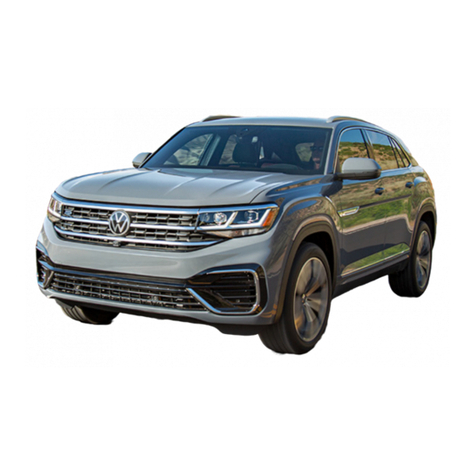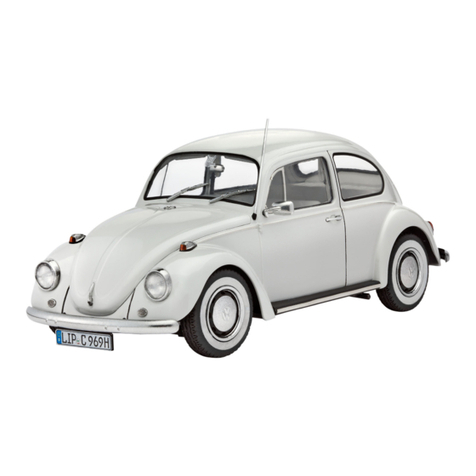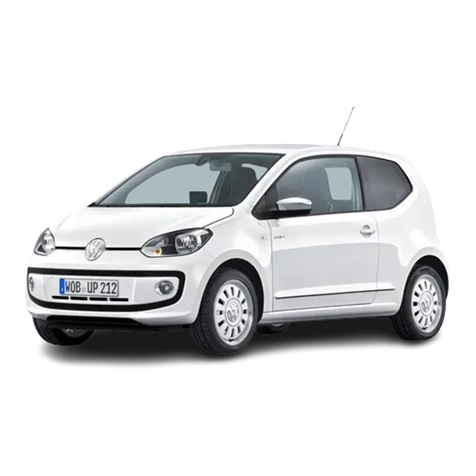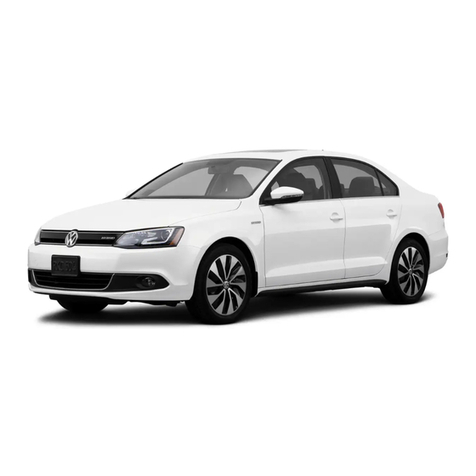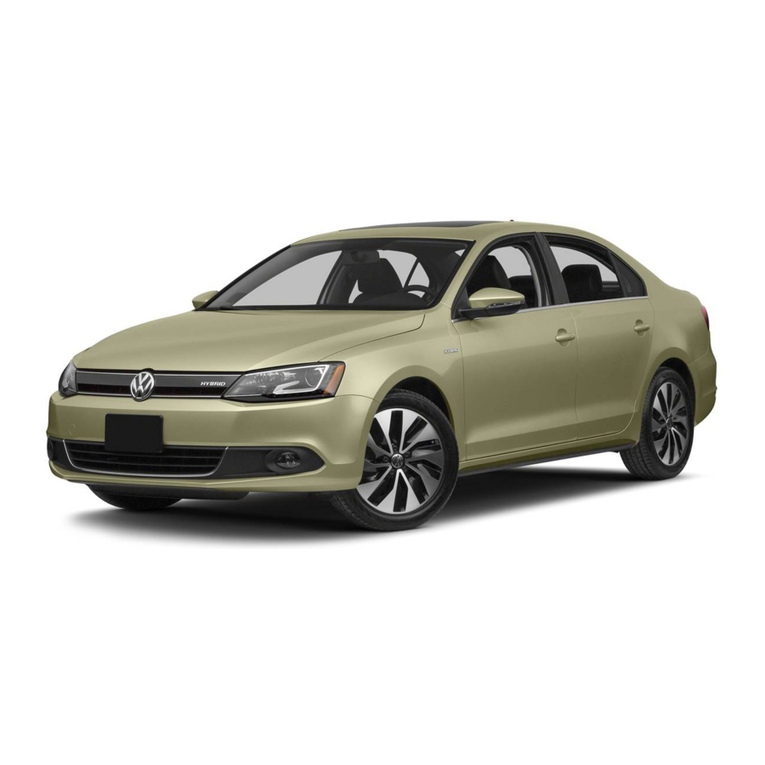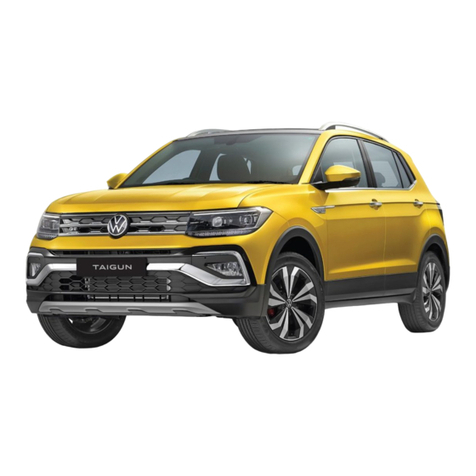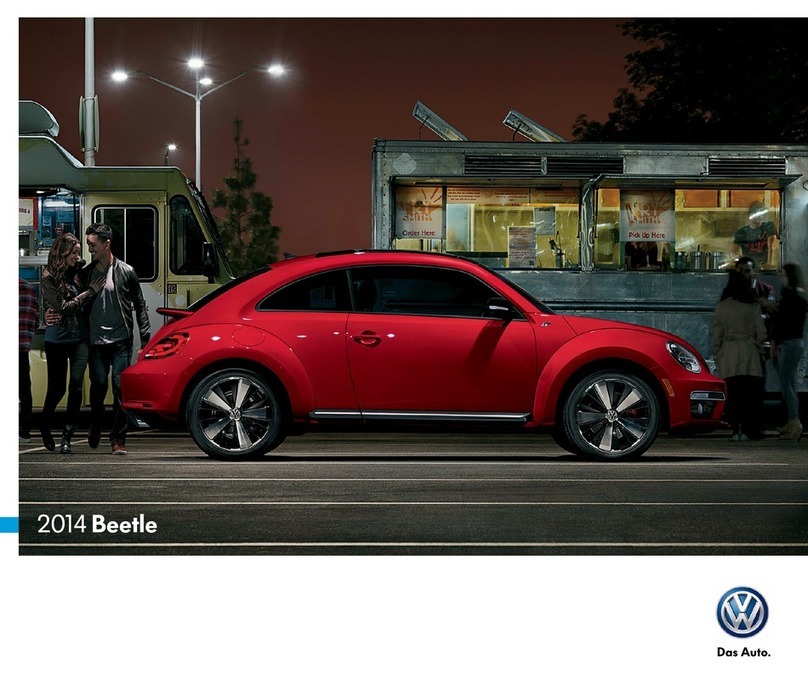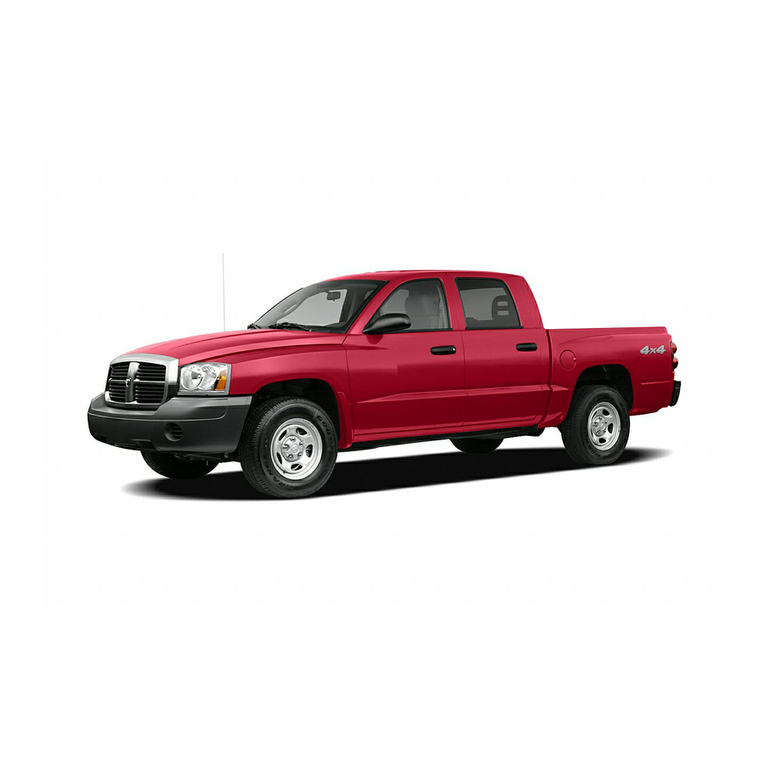Child safety and child
restraints
Introduction
The physical principles of what happens when
your vehicle is in a collision or other accident also
apply to children → chapter Safety belts. But un-
like adults and teenagers, their muscles and
bones are not fully developed. In many respects
children are at greater risk of serious injury in ac-
cidents than are adults.
Because children's bodies are not fully devel-
oped, they must use restraint systems especially
designed for their size, weight, and body struc-
ture. Many countries and all states of the United
States and provinces of Canada have laws requir-
ing the use of approved child restraint systems
for infants and small children.
In a frontal crash at a speed of 20–35 mph (30–
56 km/h), the forces acting on a 13 pound (6 kg)
infant will be more than 20 times the weight of
the child. This means the effective weight of the
child would suddenly increase to more than
260 pounds (120 kg). Under these conditions, on-
ly an appropriate child restraint properly used
can reduce the risk of serious injury. Child re-
straints, like adult safety belts, must be used
properly to be effective. Used improperly, they
can increase the risk of serious injury in an acci-
dent.
All children, especially those 12 years and young-
er, must always ride in the back seat properly re-
strained for their age and size. If you must install
a child restraint on the front passenger seat in
exceptional circumstances, be sure to read and
heed the important information and warnings in
the section of this Manual that begins on
→ page 5, Child restraints and the Advanced
Airbag System. Infants and other children who
are properly restrained in an appropriate child re-
straint that is for their size and age can benefit
from the protection that supplemental side air-
bags provide in some kinds of crashes.
For more information, please see information
provided by the:
–National Highway Traffic Safety Administration
(NHTSA), currently at: http://www.safercar.gov
(for the USA)
–Transport Canada Information Centre, current-
ly at: http://www.tc.gc.ca (for Canada)
Consult the child restraint manufacturer's in-
structions to be sure the seat is right for your
child's size → page 25, Sources of information
about child restraints and their use. Please be
sure to read and heed all of the important infor-
mation and WARNINGS about child safety, Ad-
vanced Airbags, and the installation of child re-
straints in this Manual.
There is a lot you need to know about the Ad-
vanced Airbags in your vehicle and how they
work when infants and children in child restraints
are on the front passenger seat. Because of the
large amount of important information, we can-
not repeat it all here. We urge you to read the
detailed information in this Manual about airbags
and the Advanced Airbag System in your vehicle
and the very important information about trans-
porting children on the front passenger seat.
Please be sure to heed the WARNINGS - they are
extremely important for your safety and the
safety of your passengers, especially infants and
small children.
DANGER
Children on the front seat of any car, even with
Advanced Airbags, can be seriously injured or
even killed when an airbag inflates.
●A child in a rearward-facing child restraint
installed on the front passenger seat will be
seriously injured and can be killed if the front
airbag inflates.
●The inflating airbag will hit the child restraint
or infant carrier with great force and will
smash the child restraint and child against
the backrest, center armrest, door or roof.
●Always install rearward-facing child re-
straints on the rear seat.
●If you have, in exceptional circumstances,
nevertheless decided to install a rearward-
facing child restraint on the front passenger
seat and the PASSENGER AIR BAG light
does not come on and stay on whenever the
ignition is on, immediately install the rear-
ward-facing child restraint on the rear seat
and have the airbag system inspected right
away by your authorized Volkswagen dealer
or authorized Volkswagen Service Facility.
Child safety and child restraints 1
5K7012723FC
5K7012723FC
